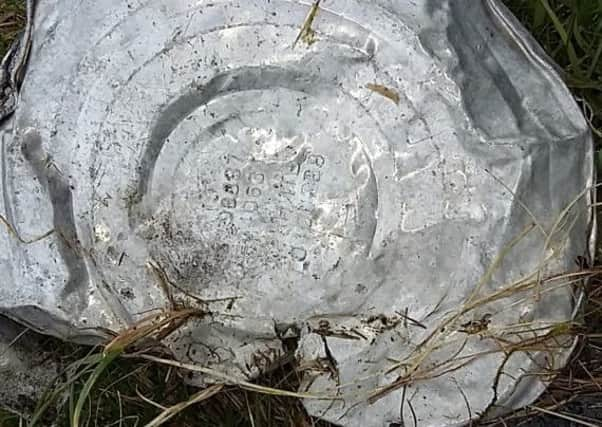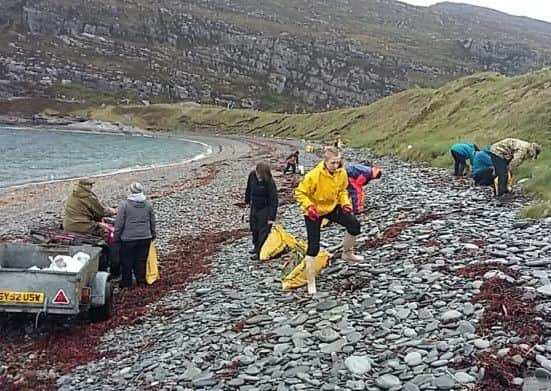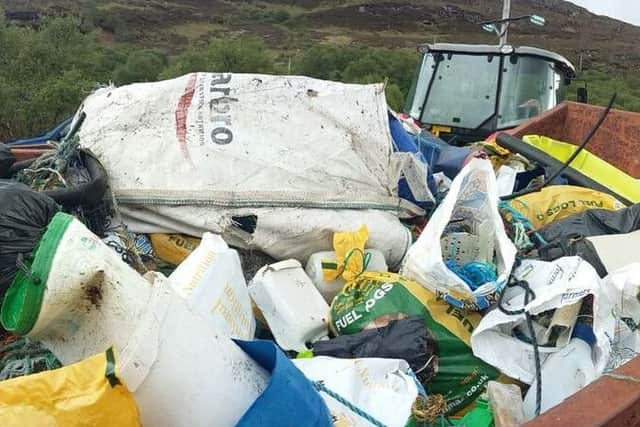Beaches makeover in Highlands finds Soviet-era tin cans


More than 300 bags of rubbish were gathered from two beaches at Dun Canna – enough to fill a 25 cubic metre skip.
Most of the rubbish was made up of fishing nets and ropes, plastic bottles and caps, as well as old toys and food packaging.
Advertisement
Hide AdAdvertisement
Hide Ad

But tin cans from Soviet-era fish factory ships were also found among the rubbish. Known as klondykers, the ships which would anchor in Loch Broom off Ullapool to process mackerel in the 1970s to early 90s.
The clean-up effort was part of the Scottish Wildlife Trust’s Living Seas project.
Living Seas Communities Officer Noel Hawkins said: “Marine waste is an ever increasing issue.
“Not only does it spoil beautiful locations but it’s also a serious threat to marine life, and can injure pets and visitors to the beach.


“Access to the beaches at Dun Canna involves a mile and half long walk over hills and fields so removing the rubbish is a challenge, but we saw this as an opportunity to bring together different people and groups to try and tackle the situation.
“The two beaches which have been cleared are on either side of an Iron Age fort nestled on a headland on the shore of Keanchulish Estate.
“They have become covered and clogged in predominantly plastic waste, netting, containers, ropes and even old metal fish tins that date back to Soviet factory ships from the 1970s and ’80s.”
The beach clean was organised by the Trust’s Living Seas project in conjunction with the Highland Ranger Service and the Marine Conservation Society.
Advertisement
Hide AdAdvertisement
Hide Ad

Volunteers included members of the local community as well as visitors. Staff from Keanchulish Estate kindly provided support including a tractor and trailer, quad and argocat to help get the rubbish from the shore to a skip donated by a local hire company.
Noel Hawkins added, “Many of those who came along were shocked by the sheer scale of the litter. Hopefully taking part in beach cleans encourages people not only to come and help but also to look at how much plastic they use and how it is disposed of.”
The Scottish Wildlife Trust’s Living Seas Project is funded by the Esmée Fairbairn Foundation.
